Mistakes to Avoid When Feeding Your Toddler
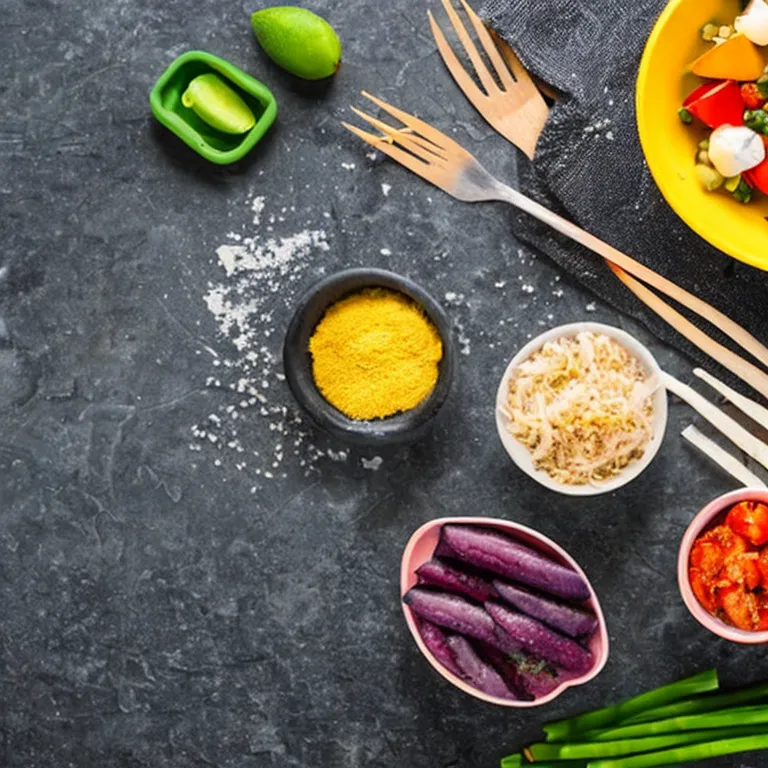
Mistakes to Avoid When Feeding Your Toddler
As a stay-at-home mom of two picky eaters (who also have peanut allergies), I know how difficult it can be to have quick access to toddler-friendly recipes that are both delicious and nutritious. But that’s why I’m here to help! While there’s nothing wrong with making mistakes now and then, here are some of the most common ones I see when feeding toddlers and how to avoid them:
-
Giving in to Picky Eating: Don’t go for the easy option, even though it may take longer and be more effort. Give your little one a variety of meal options from different food groups. Experiment with different flavours, textures, and colours. Don’t let picky eating habits shape the way your toddler eats.
-
Feeding Too Much: Monitor the portions and don’t be tempted to give your toddler too much. Remember that toddlers’ stomachs are small and they can only digest a certain amount of food.
-
Not Including Nutritious Foods: Remember that toddler nutrition is important, and make sure your toddler gets all the essential vitamins, minerals, proteins, and complex carbs. Incorporate beans, grains, fruits, and vegetables, as well as quality proteins such as fish and eggs, into their diets.
-
Eliminating All Sweets & Treats: While it’s important to limit how many sweets and treats our toddlers have, they still need a treat once in a while too. Try to find healthier options that are still sweet enough to please a toddler’s palate.
Avoiding these common mistakes will help ensure that your toddler takes in the right amount and variety of food that’s necessary for healthy development. If you want more recipes featuring toddler-friendly ingredients, be sure to check out our extensive library of recipes right here at Toddler Recipes Australia!
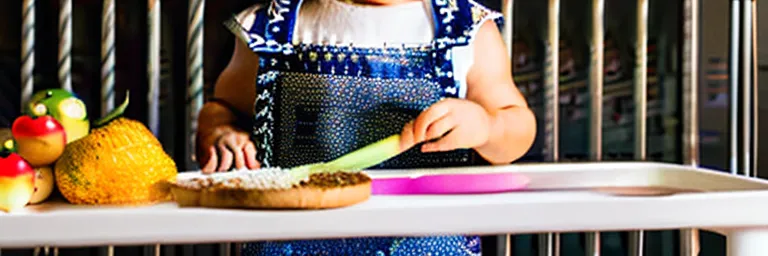
Mistakes to Avoid When Feeding Your Toddler
Being a parent is hard but feeding your toddler is even harder! Every time I spoon-feed my kids it seems to be a battle. In my experience, I have found there are a few common mistakes parents make when feeding their toddlers and I want to share these with all the other parents out there in the same boat.
- Assuming They Won’t Like the Same Things
Don’t assume just because your first child didn’t like a certain food that your second child won’t either! All kids are different in their tastes and preferences, so always give them the chance to try new things.
- Serving Too Much
Less will always be more when it comes to toddler meals. Toddler’s stomachs are much smaller than normal so it’s important not to overload them. Try serving a few different options at a reasonable size and let them decide when they’ve had enough.
- Sticking to the Same Foods
Just like us adults, toddlers can get bored of their favorite meals too! Try introducing new, interesting dishes to your little ones frequently to keep their tastes and interest in food alive.
- Pressuring Them to Eat
Last but not least, don’t pressure your little one to eat. Some toddlers can be fussy but remember, they know when they’re full and it’s important to respect that.
At the end of the day, the right thing is to always allow your toddler the opportunity to discover food their own way. Make eating a pleasant experience for them and it will encourage them to be curious about different dishes and tastes.
Hopefully this article gives you some guidance on avoiding the common mistakes when feeding your toddlers. Do you have any other tips you would like to share? Let us know in the comments!

Introduction
As a stay-at-home mom, my main priority is to come up with delicious and nutritious recipes that my two picky children with peanut allergies can enjoy. After a few years of experimenting, I have managed to come up with tasty recipes that even the fussiest eaters would enjoy. But, as parents, we all make mistakes - like when it comes to feeding our toddlers.
In this blog post, I will be sharing with you some of the common mistakes that parents make when feeding their toddlers. As a parent and a professional cook who specializes in western cuisine, I will be able to provide you with tips and tricks to make sure that you are feeding your toddlers in a healthy and nutritious way. By following these tips and tricks, you can make sure that your toddlers get all the nutrition that they need to be healthy and active.
Stay tuned for my upcoming blog post and find out what mistakes to avoid when feeding your toddler!
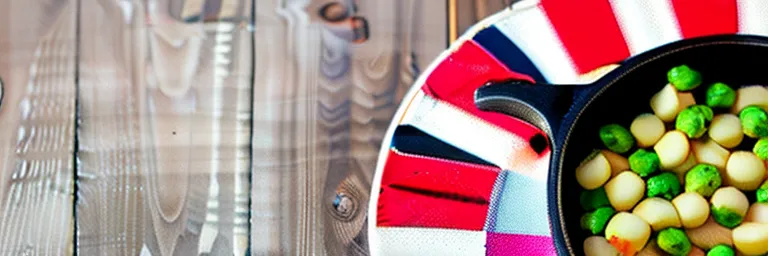
2. Understanding Your Toddler’s Dietary Needs
As a parent of a toddler, understanding their dietary needs is a crucial aspect of keeping them healthy. It can be hard to combine exciting, nutritious meals that also adhere to your toddler’s individual needs.
Entering the world of toddler nutrition can seem like a daunting task, but it doesn’t need to be. To make sure your toddler gets the nutrients they need and avoids any potential food allergens, it’s important to identify the following factors:
- Nutrient needs
- Allergens
- Portion size
Nutrient Needs
Your toddler’s nutritional needs should be based on their age and activity level. As toddlers grow they should start to diversified their diet, eating a variety of foods rich with macro- and micronutrients.
At least half of their plate should contain vegetables, a quarter should be full of whole-grains, plant-based protein or meat and the final quarter should have a dairy option or legumes. Fruits can also be included as a snack or to accompany a meal.
Protein sources such as fish, eggs, beans, or yoghurt are great to add in some variety. Calcium rich foods such as cheese, milk, and yoghurt will help bone development and muscle growth. Vitamins and minterals such as iron, zinc, omega-3s, and vitamin D are also important for growth and development.
Allergens
When introducing new foods, always be vigilant for an allergic reaction. Allergies can be common in toddlers and vary from child to child. Make sure you identify any allergies to avoid exposing your toddler to any food that may cause a reaction.
Common allergens include:
- peanuts
- tree nuts
- shellfish
- eggs
- milk
- soy
- wheat
- and sesame
Portion Size
Calories differ based on the activity level and age of the toddler, typically around 1000-1700 kcal per day. As with adults, portion sizes should be tailored to the individual, making sure they don’t eat too much or too little.
Overfeeding or underfeeding can be detrimental to your toddler’s health and development, so planning meals tailored to the individual is essential.
Keeping these guidelines in mind will give your toddler the gateway to a healthy and nutritious meal plan. With an appropriate diet and exercise you can help ensure your toddler is meeting their growth and development needs.
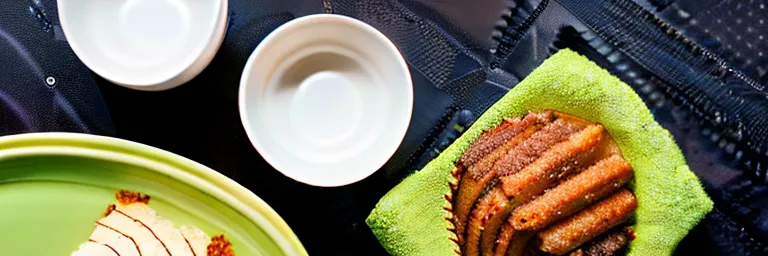
3. Avoiding Highly Processed Foods
It’s no secret that processed foods have made their way into the modern diet - even for our toddlers. But it’s important to consider how much of this is making into their diet and what the effects could be on their health.
Unfortunately, highly processed foods can be high in fat, sugar and salt - all contributing to our toddler’s health problems. You can avoid processed foods by taking a closer look at the ingredients on the packaging labels. A good rule of thumb is if it lists more than five ingredients, it’s likely highly processed.
When it comes to convenience, there are plenty of fresh and healthy meals you can put together quickly. For example, prepare more regular meals from scratch and use leftovers for the next day. Frozen fruits and vegetables are also a fast and easy way to get those extra essential vitamins and minerals in their diet.
If you can, try to avoid giving your toddler food from fast-food restaurants. Convenient does not always mean a healthier option. For example, chicken nuggets are often fried, high in saturated fat and have some questionable ingredients.
Although it has its place in our diet, highly processed foods should be consumed in moderation. Look out for hidden sugars, preservatives and unhealthy fats when purchasing foods for your toddler. Replace processed foods with simple, nutritious meal ideas and healthy snacks.
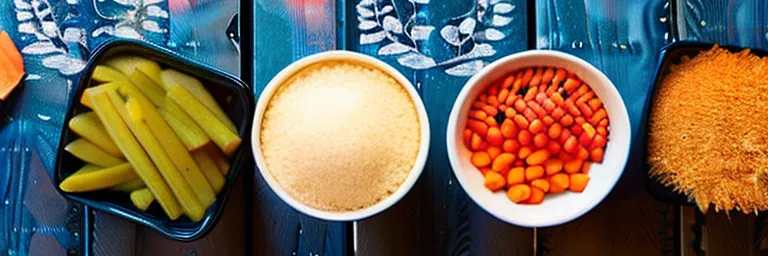
4. Accommodating Picky Eaters
When it comes to picky eaters, the key is to keep trying. Eventually, your toddler will realize that the food is ok and it can become a part of his diet. Here’s what to do about your picky eater:
-
Be patient – There’s no use in forcing them to eat something. This will only create a power struggle that you’ll lose. Instead, just keep introducing new foods and be sure to make it fun.
-
Provide choices – Instead of one big dish, set up several smaller dishes and let your toddler choose what they want to eat. This gives them a sense of control and allows them to pick the foods they like.
-
Have the same meal together – Sitting with your toddler at meal times helps to create a positive atmosphere around food. Having the same meal as your toddler also gives them a sense of connection with you when they see you enjoying the food that they dislike.
-
Keep trying – Avoid giving in to the temptation of making separate meal for your picky eater. Even though it’s hard work, keep trying new foods and be sure to praise your toddler when they try something new or when they get it right.
-
Prepare meals in advance – If you know that your toddler is going to be picky about certain dishes, then you can prepare them in advance. For example, if you find a great toddler recipe that your youngster refuses to eat, just prepare it a couple of days ahead, put it in the refrigerator and serve it when the time comes.
-
Include your picky eater in the cooking process – Cooking and baking together provide a great opportunity for your toddler to learn about food. Plus, it’s also a great way for your picky eater to try new foods.
By following these tips, you can work towards transforming your picky eater into a more adventurous eater. So, be sure to try out different recipes and provide choices and your toddler will soon discover the joys of food!
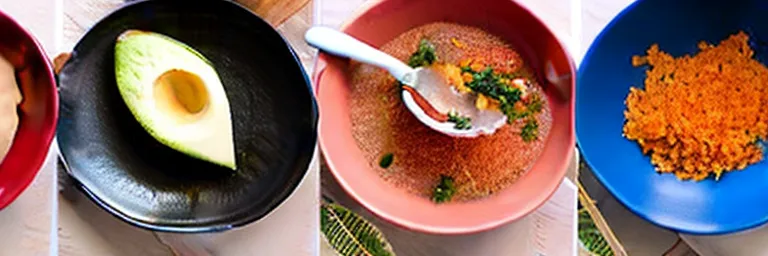
5. Watching Out for Allergens
As a stay at home mom with two sets of picky eaters, I know the importance of making sure I’m aware of any possible allergens lurking within my meals. No matter what type of cuisine I’m preparing, I always double check the ingredients to ensure my family are safe.
When cooking for my two toddlers, I’m extremely vigilant when it comes to any potential allergies, and especially to peanuts, as both my children are allergic. When preparing our meals, I ensure I’m familiar with any dishes that may contain peanuts, keep away from processed food with unknown ingredients, and always read labels carefully.
If you are cooking for children with allergies, something I recommend is to keep separate cooking areas for allergies sufferers and food without allergens. Making sure to use separate utensils and any other kitchenware too. That way you can guarantee your meals are safe for everyone.
If you’re dining out or eating someone else’s cooking, always make sure you ask about the ingredients and double check for any potential allergens. You can always contact the restaurant ahead of time or ask a server if you’re concerned about something you’re about to eat. Trust me, this is a simple step I take to make sure my family is safe and you should take it too.
With a little bit of due diligence and awareness, you can make sure your meals are allergen-free, safe and enjoyable for everyone in your family.
Keep exploring and never be afraid to try new dishes!

6. Steering Clear of Too Much Sugar and Salt
When it comes to feeding your toddler, it’s important to avoid excessive sugar and salt. The two things are particularly bad for children since they don’t need as much sugar and salt as adults. Excessive sugar and salt can lead to obesity, hypertension, tooth decay and a host of other problems.
It can be especially tempting to give your child sugar-filled treats which are often available in toddler aisle of the store. However, this really should be avoided as much as possible - it’s better to opt for nutrient-dense natural foods like fresh fruits and vegetables.
You can also try to find healthy snacks like nuts, seeds and other healthy options that don’t have added sugar.
When it comes to adding salt, try to avoid putting any in your toddler’s food if you can. At most, use a small pinch. Remember, it’s a lifelong habit - and the earlier you start, the easier it will be for your toddler to pick up on it as well!
If you are seasoning the food for yourself, you can do so directly at the table, where your toddler will be less likely to pick it up from.
It can also help to invest in a good quality cookbook specifically for toddlers. This way, you can make sure that the recipes you cook for your little one are as nutritious and low-sugar/low-salt as possible.
At the end of the day, it’s important to remember that your toddler is still learning - so they’re likely to make mistakes and bad decisions. But with a bit of guidance, patience and the right recipes, you can ensure that they’re getting the nutrition they need without the risks that come with too much sugar and salt.
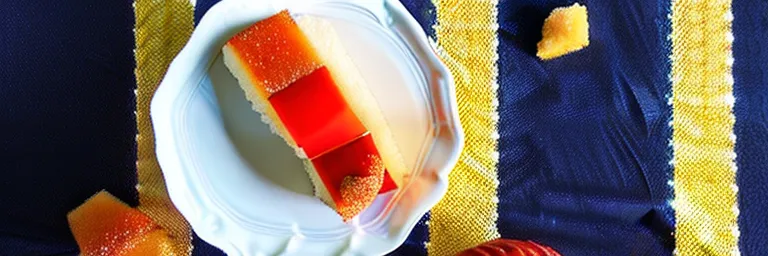
7. Being Mindful of Portion Sizes
Portion sizes can be tricky when it comes to deciding how much to feed your toddler. Most experts recommend toddler-sized snacks that are half the size of an adult-sized snack. If you’re not sure, use your hand as a guide. For younger toddlers, a portion size could be a handful of mangos or a few blueberries. For older toddlers, a portion size could be a pile of cooked penne noodles.
These portion sizes will also be dependent on how active your toddler is. If your toddler is a picky eater, try breaking down the meal into smaller, fun-sized portions. This strategy can also be helpful in introducing new foods or textures to your toddler.
It can also be helpful to get into the habit of bringing your toddler’s plate closer to her, to help her develop better portion control. Show her how much you think her meal should contain and discuss why it is important to stick to the portion.
When cooking, it can be tempting to make large meals to last for several days, but for toddlers, this can take away from mealtime excitement. Letting your toddler feel in control of how much food is on her plate and knowing that there will be a fresh meal everyday can make mealtimes fun and memorable.
When cooking for a family of picky eaters and adventurers, portion size is key in ensuring a peaceful mealtime. Being mindful of your toddler’s portion sizes, you can make sure everyone is getting the right amount of food and discovering new dishes. With Toddler Recipes Australia, you can find some delicious, easy dishes that will be sure to keep your kids happy and nourished.
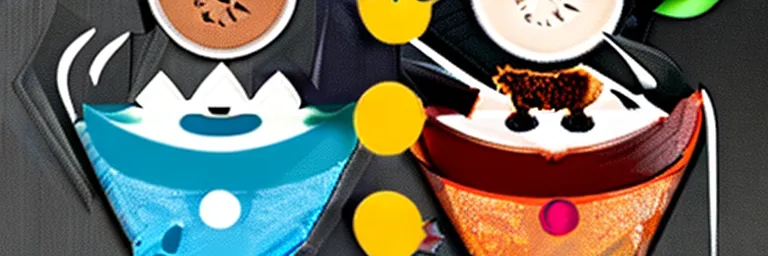

9. Learning to Adapt to New Foods
If your toddlers have been eating the same things since they were babies, you may be worried that they are missing out on other healthy foods and flavours. While you should never force them to eat anything they don’t like, you can help them get used a wider selection of food.
Here are my top tips to help your toddler learn to eat new kinds of foods:
-Introduce them to new flavours gradually. Begin by introducing small amounts of a new food to their plate. Start with milder flavours, and then move onto more complex flavours as your toddlers becomes more used to the idea.
-Create fun combinations. When introducing a new vegetable, for example, try combining it with something your toddler already knows and loves. Not only will this help them try something new, it will also show them that new flavours can be fun.
-Praise their efforts. Children will always be more likely to try a new food if they receive positive reinforcement. Applaud your toddler every time they take a bite, even if they don’t particularly like it.
-Find creative ways to serve. If one way isn’t working, try another! For instance, if your toddler won’t eat Chinese sweet and sour pork, try using the ingredients to make the same flavour in a soup or a stir-fry.
At the end of the day, you know your toddler best. If it is too hard for them to get used to a new food, take a break and try again later. With patience, and a few creative dishes, you’ll be surprised how quickly your child can learn to enjoy a wider variety of foods.
Happy exploring!
- Susan
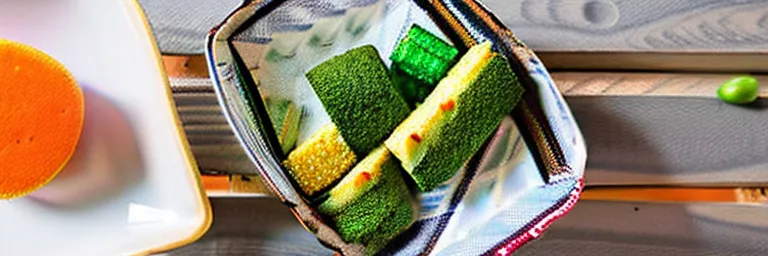
10. Offering Healthy Alternatives
Finding healthy alternatives to unhealthy meals is one of the keys to successful mealtime with children. Try to serve a variety of fruits and vegetables, as well as lean proteins. This can help ensure your child is getting the vitamins and minerals they need to grow, while still providing the fuel their bodies need.
Whole wheat breads and cereals, pasta and grains, plenty of fruits and vegetables are all healthy options that can be mixed in to make delicious and nutritious meals. Low-fat dairy options such as milk, yogurt and cheese can also help to provide important vitamins and minerals, protein and calcium to keep growing bones and bodies healthy.
It can also be helpful to get creative with snacks. Try packing cut up fruit and vegetables, or homemade baked goods like energy bars or muffins for snacks on-the-go. Turning these snack foods into fun shapes or adding a touch of sweetness can help make them more appetizing for children.
By setting an example and modeling good eating habits, children will learn to recognize the difference between healthy and unhealthy foods. This can help them stay on track and make healthy choices as they get older.
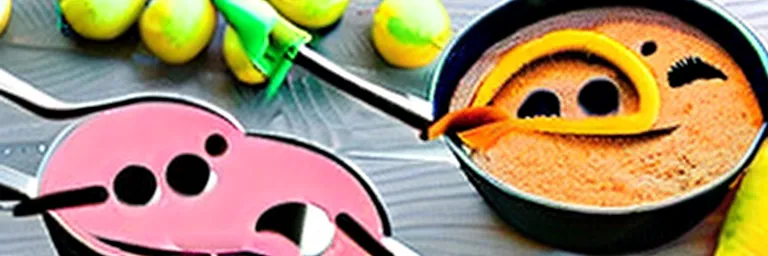
11. Conclusion
No matter what a challenge it may seem at times, feeding your toddler does not have to be daunting. With a bit of creativity and some patience, you can create nutritious and enjoyable meals that your children will look forward to eating. Just remember to pay close attention to their individual likes, dislikes, and allergies, to avoid the common mistakes mentioned in this article.
Ultimately, the key to successfully feeding your toddler is being mindful of what your child can handle, both nutritionally and physically. With that in mind, we hope you find the information in this article helpful as you explore new recipes to cook for your young ones.
Happy cooking!
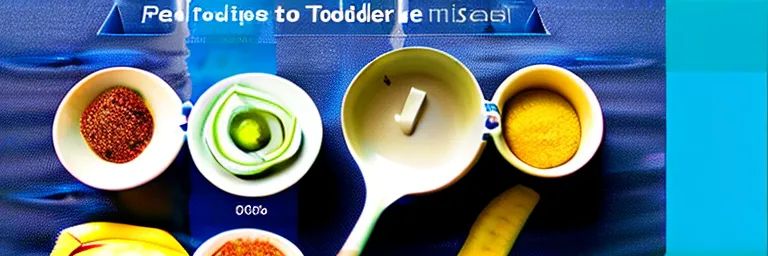
 Never miss a recipe from us, subscribe to our newsletter
Never miss a recipe from us, subscribe to our newsletter